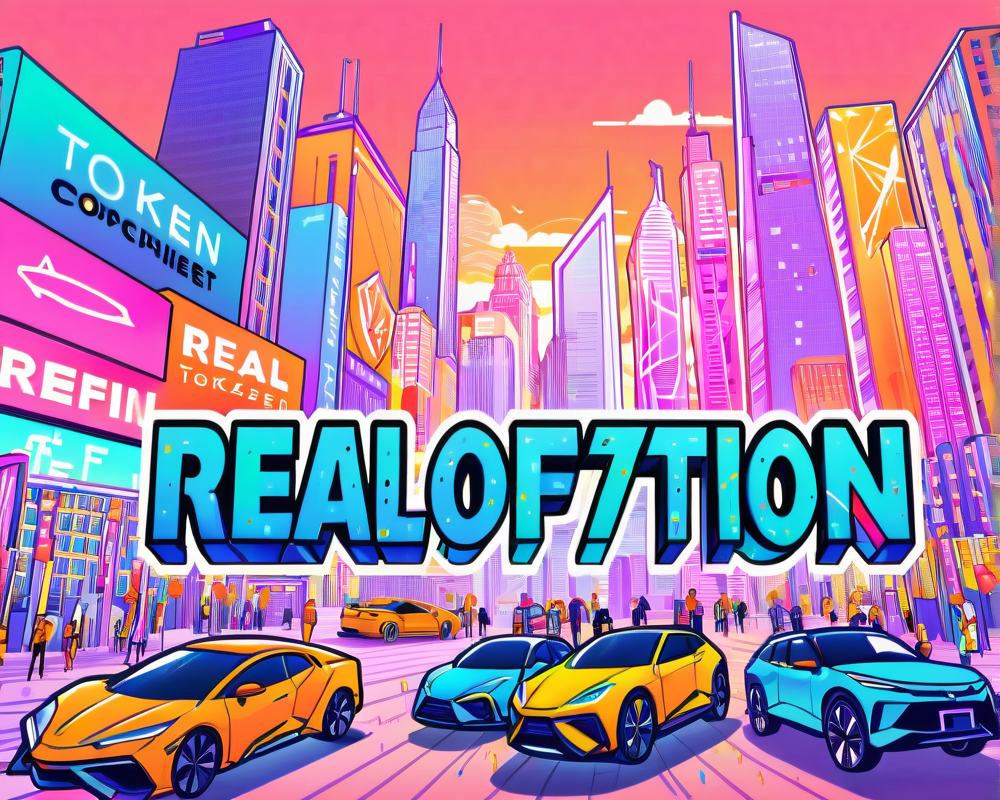The Web3 Gaming Journey: From Hurdles to Hopes
Since its debut in 2017, the world of Web3 gaming has been on a rollercoaster ride. Think of it as the ‘baby giraffe’ stage of a start-up—awkward, a little clumsy, and maybe a bit unsure if it can even walk. But hey, there’s a lot of potential! Just as mobile games overcame their early blunders, leading to a gigantic revenue leap from $118.34 billion to $138.63 billion in just a year, Web3 gaming isn’t down for the count. The industry is merely leveling up, shedding its hype-laden past for a more substantial future.
Prioritizing Quality in Game Development
Imagine walking into a restaurant with a neon sign saying, ‘All food is great!’ Then, the menu arrives and you realize they meant all food is questionable. This is playing out in many Web3 games. For real improvement, developers should zero in on:
- Gameplay: Players should enjoy mechanics that are logical and fair—nothing ruins a good story like bad gameplay.
- Visual Aesthetics: Quality graphics and fluid animations are essential; who wants to play the digital equivalent of finger painting?
- Story and Narrative: Engaging plots and characters turn a mediocre game into an unforgettable experience.
- User Interface and Experience (UI/UX): A navigable, smooth interface can save players from throwing their controllers in frustration.
- Performance and Stability: No one likes a game that crashes—or worse, freezes while you’re about to defeat the final boss.
- Sound Design: Quality sound enhances immersion—be it epic scores or that satisfying ‘ding’ when you level up.
- Replayability: Games should have enough content and variety to keep players coming back, rather than being relegated to the one-and-done pile.
Building Sustainable In-Game Economies
Initial Web3 games often resembled a carnival game where you win a prize by pulling all the wrong strings. Developers can avoid past mistakes by focusing on:
- Tokenomics: Create an in-game economy that encourages participation without spiraling into chaos.
- Fair Earning Model: Shift from play-to-earn hacks to rewarding players for actual skills, not just cash.
- Asset Ownership: Allow players to genuinely own in-game items, making the experience feel like a treasure hunt rather than a cash grab.
- Decentralized Governance: Let players have a say—like a family board game night, where everyone contributes to the strategy.
- Security and Scalability: As fun grows, the infrastructure should handle the heat of a bustling player base without turning into a spaceship full of holes!
Increasing Player Engagement
Player engagement can be measured by enthusiasm and the willingness to invest time and energy into a game. It’s that giddy heart-thumping feeling, kind of like discovering a hidden level! Here’s how to keep players pumped:
- Intriguing Gameplay: A captivating adventure will keep players glued to their screens.
- Social Interaction: Multiplayer modes, community events, and in-game chats can turn solo players into a team of champions.
- Narrative and World-Building: A well-crafted universe pulls players in like a good book — wait, did I just say that?
- Challenge and Skill Development: Balancing difficulty ensures players feel victorious without cursing the world.
- Rewards and Recognition: Give players shiny badges, or even virtual trophy shelves. Everybody loves a good pat on the back!
The Element of Fun: What Sets Web3 Apart
And let’s break this down: Fun is subjective. That’s right—what tickles one funny bone may send another running for the hills. Creating genuinely fun games relies on understanding preferences and catering to them. By mastering the balance between quality, sustainability, and engaging gameplay, developers can redefine the Web3 gaming narrative from skeptical to sensational. It’s about providing the delicious dessert after a good meal, not the sole item on the menu!
Maksym Illiashenko believes in this thrilling evolution at My NFT Wars: Riftwardens, and if he can find fun amidst the chaos, so can others!



